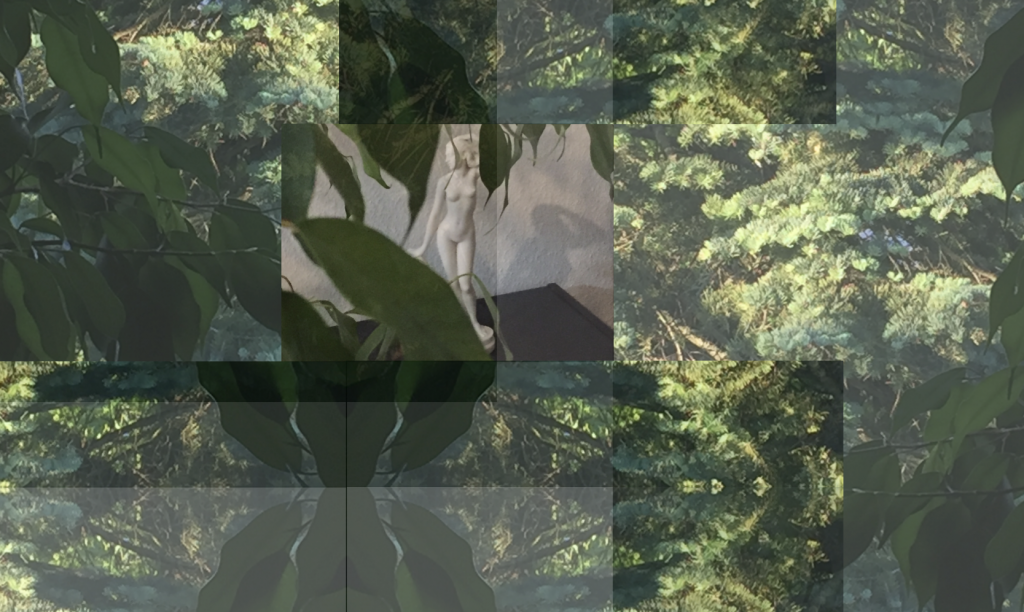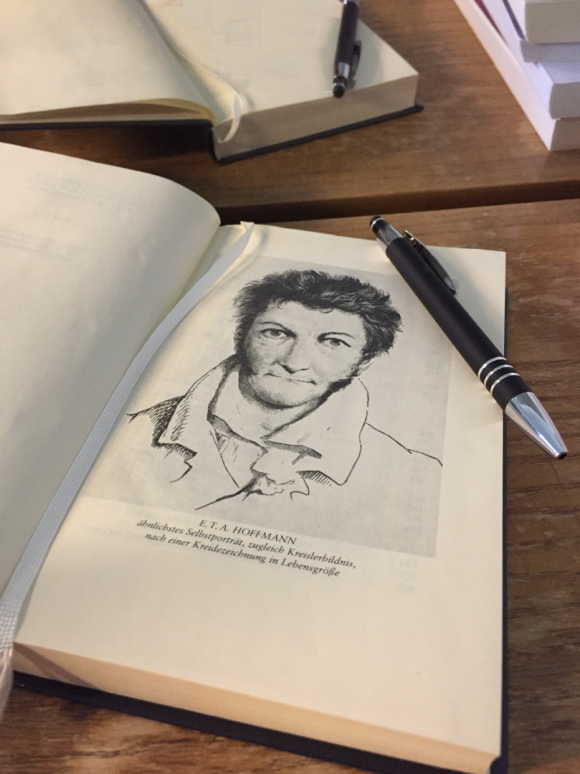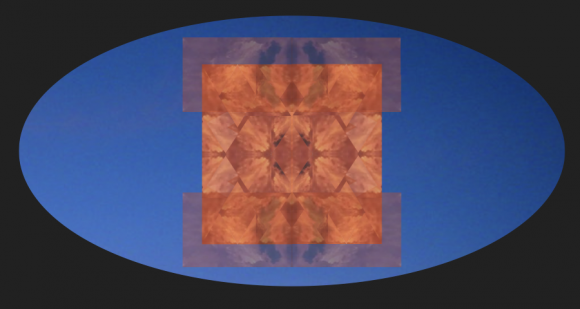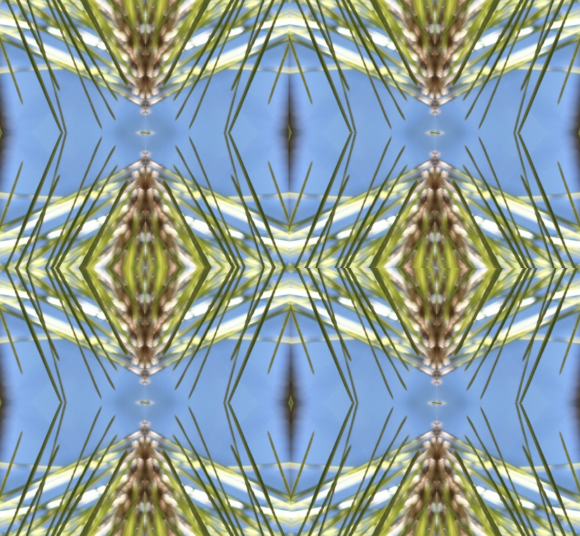There is a school of thought that interprets magical devices in fairy tales (and other stories), not as really depicting fantasy magic, but as a kind of futuristic technology. From that point of view, such stories are in the same business as science fiction writers: they invent or project technologies which may not exist (yet) in the real world, but which are conceivable; and they describe them basically as we would expect it from an inventor’s perspective.
Thus for example, the Weasley family in the Harry Potter series of novels owns a wall clock which magically shows, at any given time, where the family members currently are: at school, on travels, etc. Now this was written only a few years ago, but technology has already caught up with it. Everybody has a smartphone nowadays that knows their location and can report it via the network, and it would be quite simple to create a service that performs the very function of the Weasley clock. (Although most of us today would be wary to use it because of our increased sensibility to privacy concerns.)
Of course, some of the proposed magic may in fact be impossible, but that equally applies to the explicitly projected technologies in science fiction: viz. the notorious “beaming” device in the Star Trek series, which could not operate in our physical universe and needs a “Heisenberg compensator” to work around a well-known constraint from quantum physics.
1. Now with particular respect to magical mirrors, one might well think along the same lines. The specific example I have in mind here is the talking mirror of “Snow White & the seven dwarves” fame.

Reading this as a projected technology would not be too far-fetched. When the evil queen queries the mirror — it seems to implement just the one query: “Who is the most beautiful in the country?” —, all it would need to meet the specification is a current, up-to-date index of all known beauties and some sort of ranking, plus a voice interface capable of responding (and of softening customer-faced communication in case of a less-than-pleasing objective result, such as “It’s not you…”). Think of a simple ranking in terms of, say, Instagram follower count, and you already have a good approximation.
2. But although the analogy is certainly suggestive, I think it leads us in the wrong direction. To see this, let us look more closely at narrative function.
In the Snow White fairy tale, the mirror is clearly a narrative device that provides some information to the evil queen, and thereby enables the plot to move forward. Had this information not been forthcoming, the queen would not have known that the girl still lived, and would not have embarked on her murderous expeditions. But clearly, that function of being a provider of information has nothing to do with being a mirror in particular. We can imagine a soothsaying parrot replacing it, and the story would be substantially the same.
In fact, from a Jungian perspective, we might well assume that the mirror stands in for some kind of intuition, an unconscious “sensing” of the presence of a rival; and as we know from countless Jungian texts, such intuition might be symbolized, not just by mirrors, but by water surfaces, wild forests, wise animals, the spirit Mercurius, fabled beasts, and countless other mythological representations of the unconscious.
(A frequent source of frustration with Jungian interpretations, one might add, is that they are often too generous with their associations, and seem to be content with just indiscriminately amassing lots of similarities and analogies: the result is a certain vagueness and fuzziness which makes it totally unclear why, for instance, a specific symbol was choosen instead of one of myriads of possible others. Basically, you could replace the mirror with about anything at all and would still have a symbol of the unconscious.)
Thus in Snow White, we have the mirror standing in for a kind of intuition, or generally some kind of information source, and we might well imagine the same function performed by a functionally equivalent technology (or simply, a spy). But in many other texts, mirrors have a function that is much more specifically tied to being mirrors. This applies even when they are mirrors only in a figurative sense (as I have dubbed them, mirrors “of the soul”). And that function has to do with showing us something — just as a mirror does — about ourselves, in a way we cannot reasonably doubt (mirrors do not lie), but at the same time with a certain distance from our direct, introspective self-knowledge. For of course, in a mirror, we do not introspect, we look outside ourselves, into the real world, and then get something reflected back to us.
In this sense, mirrors help us learn something primarily about ourselves. This latter aspect seems not to be of any significance with Snow White: the evil queen does not gain in self-knowledge by querying her mirror. (The latter’s psychological function is extraverted, not introverted intuition, in Jung’s typology.) For gaining external knowledge, as contrasted to self-knowledge, mirrors are no better than any other vision tools. Their strenght is precisely where internal, that is self-knowledge is concerned. And if that is their narrative function, mirrors are not easily replaceable with any other symbol at all. Then the narrative has to use mirrors for that.



